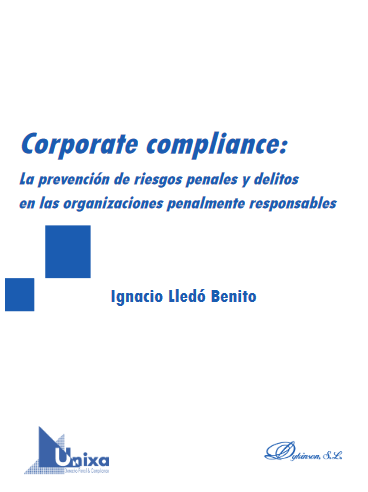
CORPORATE FINANCE 6ED
Core Principles & Applications
Stephen A. Ross , Randolph W. Westerfield , Jeffrey F. Jaffe y Bradford D. Jordan
Editorial: McGraw-Hill Higher Education
Edición: 6
Fecha Publicación: 2021
ISBN: 9781260571127
ISBN ebook: 9781260589825
Páginas: 737
Grado: Universitario
Área: Economía y Empresa
Sección: Business
Idioma: Inglés
 Tweet
Tweet
Edición: 6
Fecha Publicación: 2021
ISBN: 9781260571127
ISBN ebook: 9781260589825
Páginas: 737
Grado: Universitario
Área: Economía y Empresa
Sección: Business
Idioma: Inglés
 Tweet
Tweet
Part One. Overview
Chapter One. Introduction to corporate finance
Chapter Two. Financial statements and cash flow
Chapter Three. Financial statements analysis and financial models
Part Two. Valuation and capital budgeting
Chapter Four. Discounted cash flow valuation
Chapter Ffive. Interest rates and bond valuation
Chapter Six. Stock valuation
Chapter Seven. Net present value and other investment rules
Chapter Eight. Making capital investment decisions
Chapter Nine. Risk analysis, real options, and capital budgeting
Part Three. Risk and return
Chapter Ten. Risk and return: lessons from market history
Chapter Eleven. Return and risk: the capital asset pricing model (CAPM)
Chapter Twelve. Risk, cost of capital, and valuation
Part Four. Capital structure and dividend policy
Chapter Thirteen. Efficient capital markets and behavioral challenges
Chapter Fourteen. Capital structure: basic concepts
Chapter Fifteen. Capital structure: limits to the use of debt
Chapter Sixteen. Dividends and other payouts
Part Five. Special topics
Chapter Seventeen. Options and corporate finance
Chapter Eighteen. Short-term finance and planning
Chapter Nineteen. Raising capital
Chapter Twenty, International corporate finance
Appendix A. Mathematical Tables
Appendix B. Solutions to Selected End-of-Chapter Problems
Appendix C. Using the HP 10B and TI BA II Plus Financial Calculators
*La edición digital no incluye códigos de acceso a material adicional o programas mencionados en el libro.
Corporate Finance: Core was developed for the graduate (MBA) level as a concise, up-to-date, and to-the-point product, the majority of which can be realistically covered in a single term or course. To achieve the objective of reaching out to the many different types of students and the varying course settings, corporate finance is distilled down to its core, while maintaining a decidedly modern approach. Purely theoretical issues are downplayed, and the use of extensive and elaborate calculations is minimized to illustrate points that are either intuitively obvious or of limited practical use. The goal was to focus on what students really need to carry away from a principles course. A balance is struck by introducing and covering the essentials, while leaving more specialized topics to follow-up courses. Net present value is treated as the underlying and unifying concept in corporate finance. Every subject covered is firmly rooted in valuation, and care is taken throughout to explain how particular decisions have valuation effects. Also, the role of the financial manager as decision maker is emphasized, and the need for managerial input and judgment is stressed.
Massachusetts Institute of Technology
Randolph W. Westerfield
Marshall School of Business
University of Southern California
Jeffrey F. Jaffe
Wharton School of Business
University of Pennsylvania
Bradford D. Jordan
University of Kentucky
Libros que también te pueden interesar
MÉTODOS DE COMPRA
* Precios con IVA
Busca el término o términos dentro de cada uno de los libros











